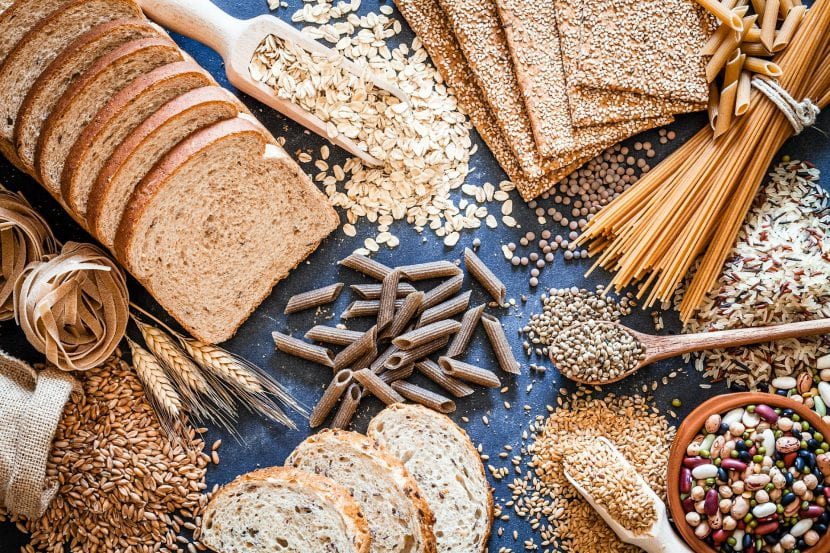
In a previous post, we introduced different types of whole grains. This time we’ll dive into the nitty gritty of preparing whole grains. Cooking whole grains isn’t rocket science, in fact, it’s just as simple as cooking rice or pasta.
Increasing the variety of whole grains in your diet is very important. Whole grains are rich in dietary fiber that reduces the risks of diseases, such as a heart attack, obesity, diabetes or a stroke. Whole grains are healthy because they still have their outer layers, the bran and germ, which are rich in nutrients and fiber.
Use this simple chart to prepare your whole grains and substitute these grains in your traditional recipe. For example, you can substitute white rice for brown rice or buckwheat in your casserole and stir fry.

Let us know what questions you have on whole grains!

